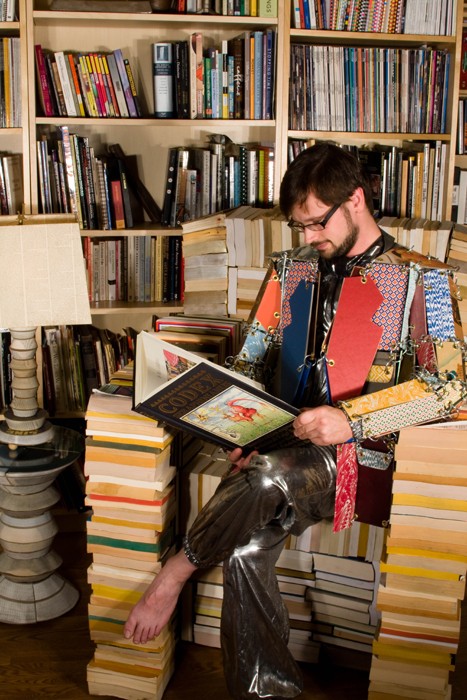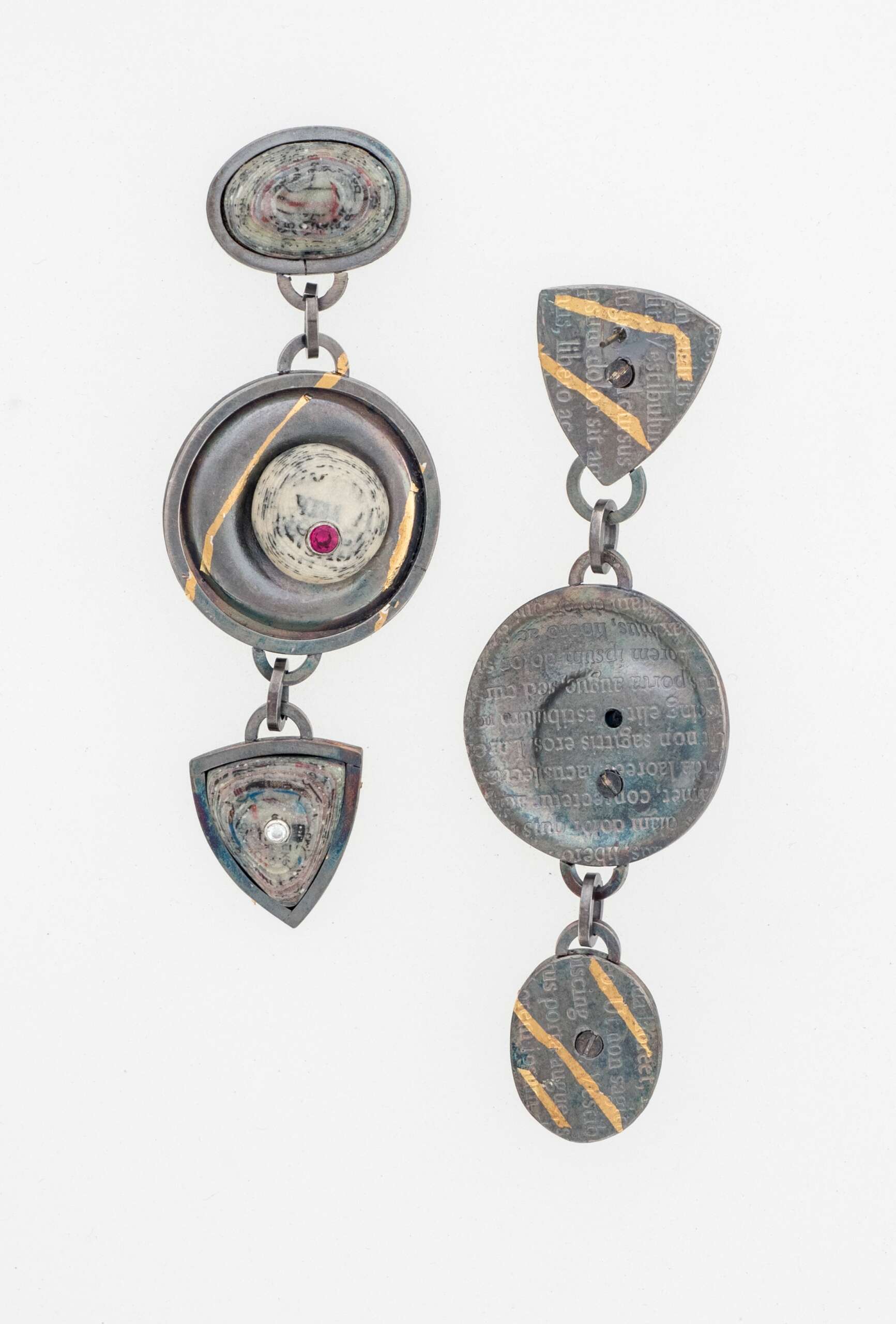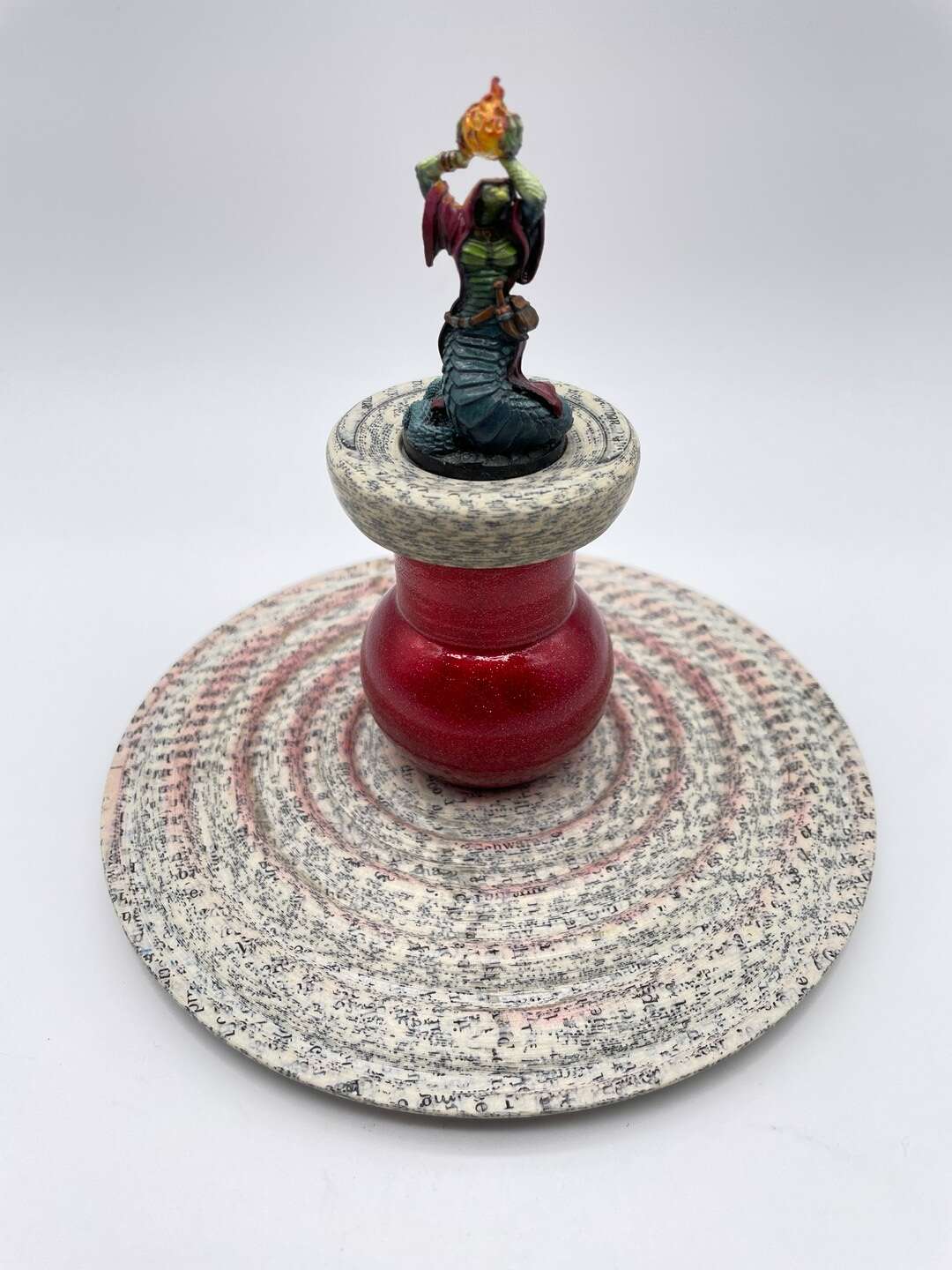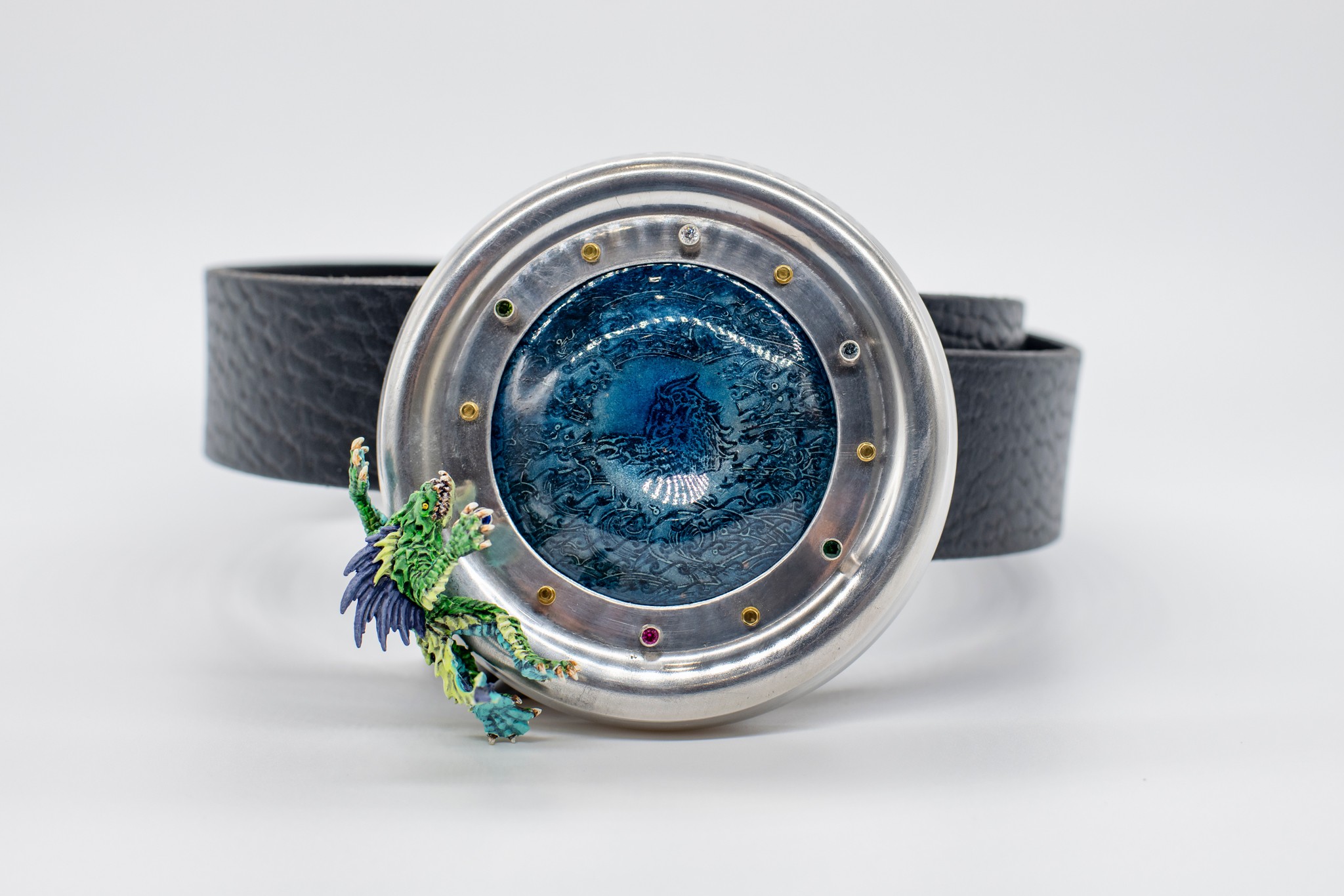We caught up with the brilliant and insightful James Thurman a few weeks ago and have shared our conversation below.
James, looking forward to hearing all of your stories today. Can you open up about a risk you’ve taken – what it was like taking that risk, why you took the risk and how it turned out?
In May 2020, as the COVID pandemic was sweeping the USA, I was diagnosed with Mantle Cell Lymphoma. After intensive chemotherapy and gene therapy over a span of 17 months, I have been cancer-free for nearly two years. During my recovery time when I was unable to work in my studio, I reflected on my artistic practice and what I dreamed of creating when I could return to my studio. I remembered that painting miniatures was what sparked my passion for artmaking as a child. I also wanted my work to speak its concepts more strongly through narrative approaches. When I was healthy enough to return to making, I found myself fearless in how now worked in the studio. Unafraid of what anyone might think, I returned to miniature painting and integrated them with my other favorite processes to create narratives for each piece. Now I treasure every moment I have in my studio and find each piece to be a joyful and playful expression of my inner imagination and creativity.


James, love having you share your insights with us. Before we ask you more questions, maybe you can take a moment to introduce yourself to our readers who might have missed our earlier conversations?
I am a professor of Metalsmithing & Jewelry in UNT’s Department of Studio Art. A highly active studio artist for over twenty-five years, I am well-known for ThurmaniteÒ, a recycled paper and bio-resin composite material that I developed and trademarked. The major goal of my research and artworks is to foster creative problem-solving in everyone’s daily lives with an emphasis on environmental impact and improvement. A three-time Fulbright Specialist Scholar, I regularly exhibit and lecture internationally to further advance my research agenda. I believe each of my artworks becomes a distillation of playful problem-solving, encouraging and inspiring others to open themselves to the joys of passionate creativity.


For you, what’s the most rewarding aspect of being a creative?
Being able to take an imagined design and be able to make it a physical reality, both for myself and also for my students. In a world increasingly focused on digital media, I believe the power of tangible objects is more important and valuable then ever. I am especially drawn to functional objects, like jewelry, where the owner continues to interact with the piece beyond just looking at it. I continue to strive to improve my abilities and challenge myself with every new piece. Metalsmithing and jewelry-making is such a technically demanding field that I feel I can spend my entire lifetime growing and evolving. I hope that I can inspire the same in my students and audience of my work.

Is there something you think non-creatives will struggle to understand about your journey as a creative?
Over the past twenty-five years as a teacher, I have seen a significant decrease in the amount of experience that people (both young and adult) have had physically making things using tools. Growing up, my Dad had a workbench and regularly worked on various projects and hobbies (building furniture, model trains, etc.) and even built me a small workbench. Building things together was something that was so influential for me growing up. People that haven’t had that experience don’t realize how important and personally transformative it is to work with your hands and basic tools. Regularly, I see new students powerfully transformed by the experience, especially with something as challenging and unforgiving as metalsmithing. I would encourage everyone to take a class and have the experience for themselves!

Contact Info:
- Website: https://www.jamesthurman.com/home.html
- Instagram: @jamesathurman
- Facebook: https://www.facebook.com/jamesathurman
- Youtube: https://www.youtube.com/jamesthurman


